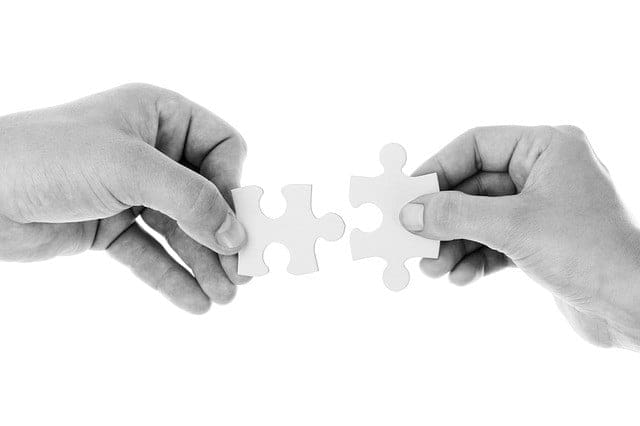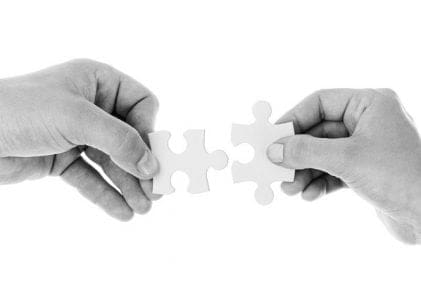Listen to the story

Opportunities in disguise
“Every single social and global issue of our day is a business opportunity in disguise.”
Peter Drucker
To find these opportunities is crucial for the development of businesses. This requires business intelligence, knowledge creation, operational excellence and talent management. However, the organisation’s quest for excellence concerns not only new opportunities but all parts of the business. These results basically rely on its employees and their talent. Thereby, the training of talent is essential for the organisation’s success where gamification is a vital source to empower such an environment.
The history of Talent Management
In a brief historical background, three development stages of talent management can be outlined for business organisations.
Stage 1: Personnel Department, whose role was to hire people and pay their salary. It was a business function among others that was most common until the 1980s. In other words during the epoch of the Industrial Society’s production lines and work-sharing principles.
Stage 2: Strategic Human Resource Management was introduced during the 1980s and extended the role of the Personnel Department dramatically. From have been the unit that paid the salary. It now became a business partner with the other departments in the organisation. Its responsibility was to recruit the right people, give them training, give support to the business, design job roles and organization structures and serve as a central point of communication for employee health and happiness etc.
Stage 3: Talent Management
Around the millennium shift, at the time when the old Industrial Society was taking its last breaths. The first steps for the third stage were taken. The exclusive focus on know-how and skills required a reorganisation of Human Resource Management from internal partnership to full integration in the organisation’s daily work. The centre of attention was now set on performance management, succession planning, competency development, leadership development and integration of systems. This meant recruiting competence instead of browsing through loads of CVs, training talent, directing it to the right location in the organisation for the best possible performance of the business. Technology in the form of “mature” Knowledge Management systems and eLearning was the main driving force that made this new organisation model possible.
Redesigning work experience with Gamification
In this environment, gamification plays a vital part as the main source to form raw talent to excellence according to the organisation’s requirements. There are a lot of different game plans to train talent. The obvious is to adopt a role similar to the one the employee is training for where she has to handle different scenarios. Other roles could be to put the feet in the customer’s shoes and learn from this perspective. As well as social games where the employees adopt different game “personalities” – e.g. Explorers, Achievers, Socializers and Killers. The game should be consistent with business initiatives such as Research, Problem Solving, Customer Service and Planned Abandonment.
Besides the training of talents, this kind of active learning also breeds engagement. This by-product is equally important since it is estimated that 81 per cent of the global labour force does not feel engaged in their work. SOE PublishingLab is an excellent interaQtive playground to develop such a learning environment. In the next part on redesigning work experience and customer experience, the focus turns to the customers’ of your business and how gamification mechanisms can improve it.
Written by
LarsGöran Boström©
Author of the book Learning Design in Practice for Everybody and developer of Storyteller for Business and SOE PublishingLab
Opens in a new tab



